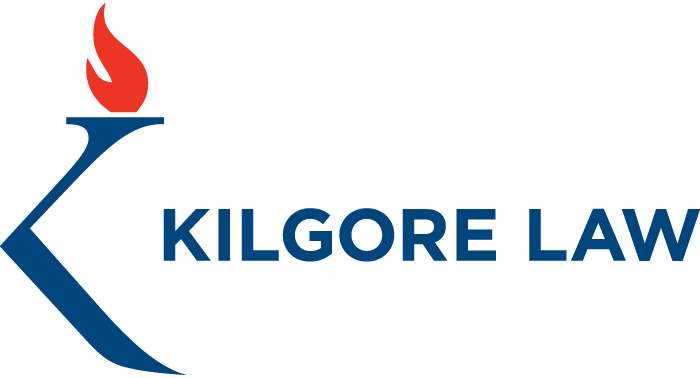In January, the U.S. Equal Employment Opportunity Commission (EEOC) published a proposal that targets the collection of pay data in annual reports submitted to it by employers in an effort to create a database of wage information that might be used to identify opportunities for achieving equal pay. The goal of this initiative is to help the EEOC in its investigations of employment discrimination and wage and hour claims. If approved, the new rule would go into effect in September 2017.
Kilgore & Kilgore can help you understand EEOC guidelines and procedures. If you feel you have have a claim concerning your employee rights, click here Contact Kilgore & Kilgore or call us at (214) 969-9099. We offer a free review of the facts of your case with an employment lawyer.
The EEOC enforces the federal laws prohibiting employment discrimination, including pay discrimination. For the last 50 years, pursuant to Title VII of the Civil Rights Act of 1964, the EEOC has collected data from certain employers regarding the number of their employees by sex, race, ethnicity, and job category. This information is submitted annually by employers to the EEOC on a form called the EEO-1. On January 29, 2016, the EEOC published a proposal to broaden the scope of the data required in an EEO-1 form to also include pay data. The proposal would apply to all private employers, including federal contractors, with 100 or more employees, and, subject to final approval, would go into effect with the September 30, 2017 EEO-1 filing deadline.
Pay inequality often goes undetected because of a lack of information about what employees are paid. Through its proposed new EEO-1 form, the EEOC is targeting employer discriminatory employment pay practices. Employers often ignore or retaliate against employees who might suspect discriminatory pay practices and seek information about wages. According to the Chair of the EEOC, collecting pay data will help the EEOC and the Department of Labor’s Office of Federal Contract Compliance Programs (OFCCP) identify pay disparities across industries and occupations. The EEOC and the OFCCP, according to the Chair, will use this pay data to more effectively focus their investigations of employer pay practices, assess charges of employment discrimination, and identify existing pay disparities that could lead to further investigation.
In addition, the EEOC believes that collecting pay data will encourage employers to examine their own pay practices, take measures to eliminate pay discrimination in their workplaces, and promote fair pay practices.
The information is not publicly available. As required by law, the EEOC holds employer EEO-1 data confidential. The specific data contained in the proposed EEO-1 would not be publicly searchable or available by the name of an individual employer or employee. Instead, the EEOC would publish only aggregate pay data submitted by employers. The EEOC believes that this information would help employers determine whether or not they are paying employees fairly and consistently with industry and regional practices.
The EEOC hopes that its proposed EEO-1 form would further spur employers to self-examine their pay practices and remedy any deficiencies or unfair practices. Some companies already voluntarily analyze their pay data to determine if there are disparities in wages. Intel, the technology company, recently issued a report, based on its analysis of employee compensation, concluding that there was no pay gap in 2015 between men and women in the U.S. who work at the same job-grade level within Intel. The clothing retailer Gap similarly concluded in 2014 that its data showed pay equality for men and women. Employers whose data demonstrate pay equality will likely publicly disclose that fact to win public approval and boost investor confidence.
Under the proposed EEO-1, employers would identify employee aggregate W-2 earnings for a 12-month period going back from a pay period between July 1 and September 30 of the reporting year, as chosen by the employer. For each of the EEO-1 job categories, the proposed EEO-1 would have 12 pay bands. The first pay band would be $19,239 and under. The twelfth pay band would be $208,000 and over. For example, according to the EEOC, on the proposed EEO-1, an employer would report that it employs 10 African American men who are Craft Workers in the second pay band of $19,240 to $24,439.
When it comes to keeping up with changes in the requirements and the procedures at the EEOC, there really is no substitute for experience. Kilgore & Kilgore employment lawyers have a wealth of experience at your disposal. To learn more about Kilgore & Kilgore, click here EEOC Employment Practice. To contact us through our website, click here Contact Kilgore & Kilgore. For a free review of the facts of your case with a Kilgore & Kilgore employment attorney, send an email to de*@ki********.com. Or, call us at (214) 969-9099.
# # #
